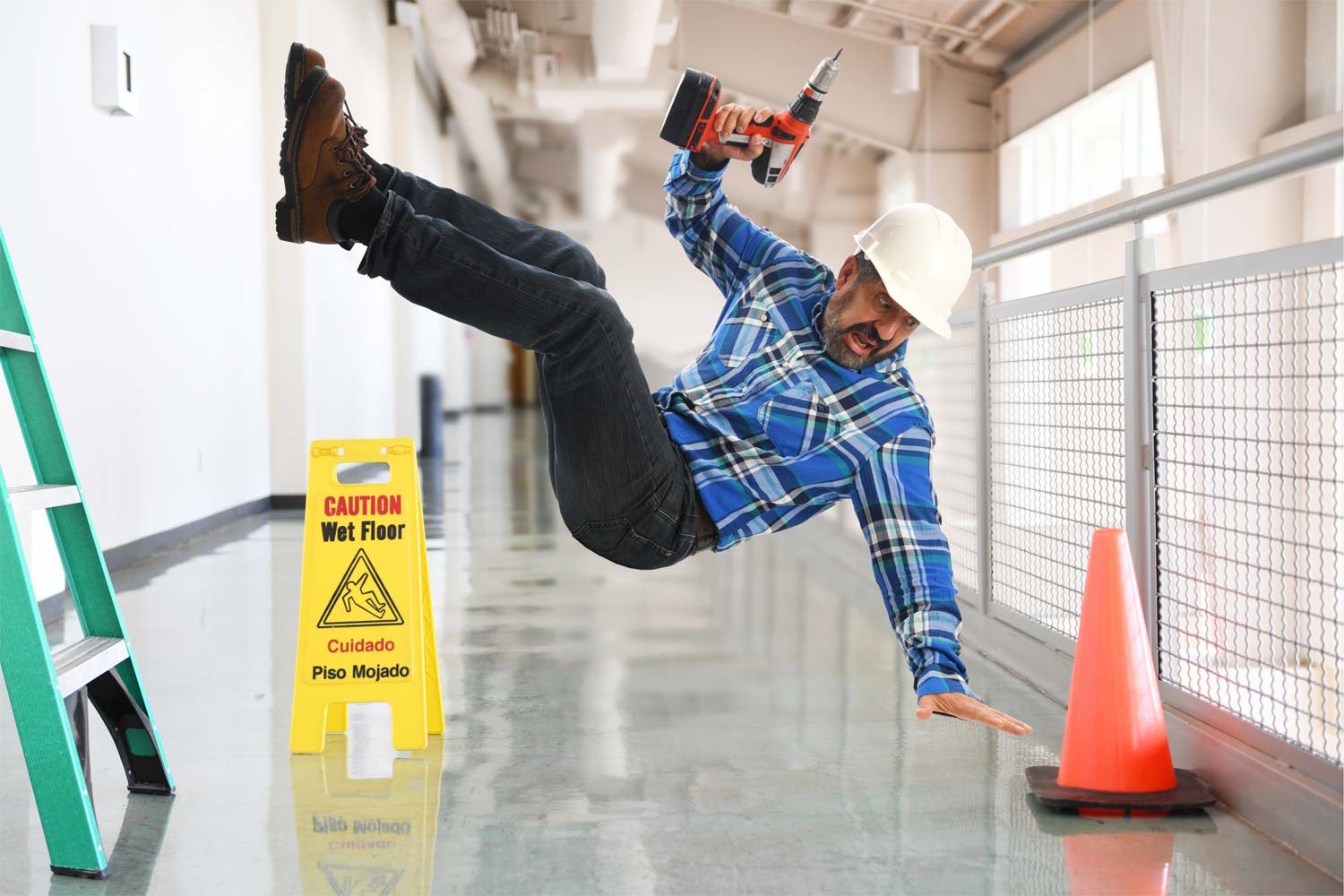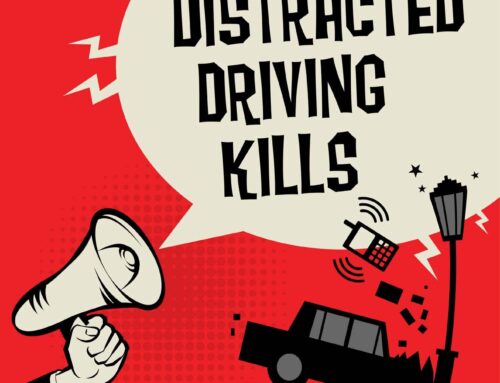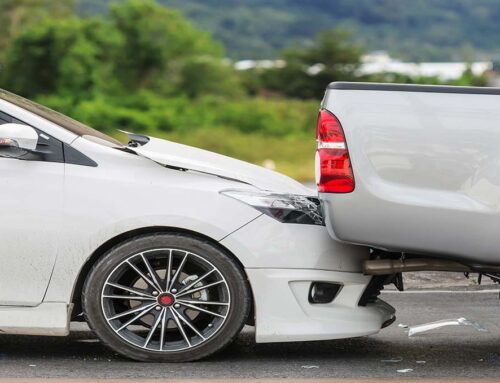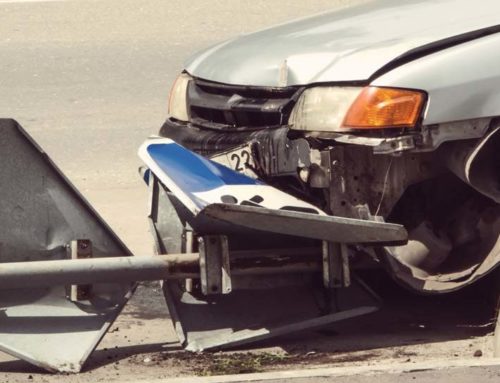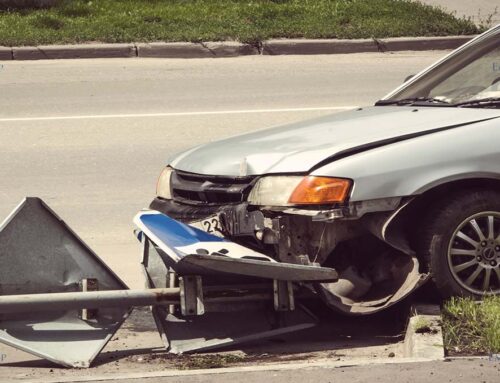Las Vegas Premises Liability Counsel for Slip and Fall Incidents
Incidents involving slip and fall injuries fall under the purview of “premises liability” claims in the realm of personal injury law. In asserting a slip and fall accident claim, the mere occurrence of an injury is insufficient grounds for legal proceedings. Rather, a comprehensive examination ensues, encompassing aspects such as the circumstances leading to the incident, the property owner’s or owners’ liability, and the degree of the plaintiff’s contribution.
Diverse conditions can precipitate slip and fall accidents, manifesting in both indoor and outdoor environments.
Indoor Environments and Liability
When a property owner neglects requisite safety precautions within their premises, they assume legal responsibility for resultant injuries. For instance, while owners are expected to diligently wax, mop, and polish floors, adequate warnings and barriers must accompany these actions, cautioning guests to exercise care.
Routine assessments and maintenance are imperative for accident-prone indoor zones like stairs, escalators, elevators, and hallways to forestall slip and fall incidents. The failure to act or incomplete remediation can swiftly become a detriment to a property owner’s business.
Outdoor Environments and Liability
Outdoor conditions present a confluence of natural and artificial factors. Natural elements encompass extreme weather conditions, such as ice or snow, rendering pathways hazardous. Artificial factors include negligent upkeep of aisles and insufficient lighting in parking lots, sidewalks, and staircases.
Establishing Owner’s Liability
Property owners bear the responsibility to perpetually maintain reasonably safe conditions on their premises. If an accident occurs due to the owner’s cognizance of unsafe conditions yet failure to rectify them, the plaintiff stands a substantial chance of prevailing in the case.
However, substantiating owner liability is a nuanced task. A mere presentation of an injury is insufficient evidence in court. Legal representation must convincingly prove the owner’s liability without room for doubt.
The initial step involves demonstrating the existence of a hazardous situation on the property that resulted in injury, posing an unreasonable risk unforeseen by the plaintiff.
The subsequent step necessitates proving the owner’s awareness of the perilous situation and subsequent neglect to rectify it. It may transpire that the owner either created the hazardous condition or permitted it to persist for an extended period. In essence, the owner must have foreseen an impending accident but consciously chose to disregard it.
In certain jurisdictions dealing with slip and fall incidents, the principle of comparative negligence prevails. Under this doctrine, the damages awarded for injuries are proportionally reduced by the monetary equivalent of the plaintiff’s demonstrated fault. The extent of comparative negligence is determined by either a jury or a judge.
The Imperative Role of a Personal Injury Lawyer
In instances of perceived owner liability for slip and fall accidents, prompt consultation with an adept personal injury lawyer is indispensable. Waiting until the expiration of the statute of limitations for a slip and fall claim is inadvisable. Timely engagement with a law firm immediately following the injury is paramount. For slip and fall incidents in Las Vegas, consult with a seasoned attorney experienced in premises liability cases.

